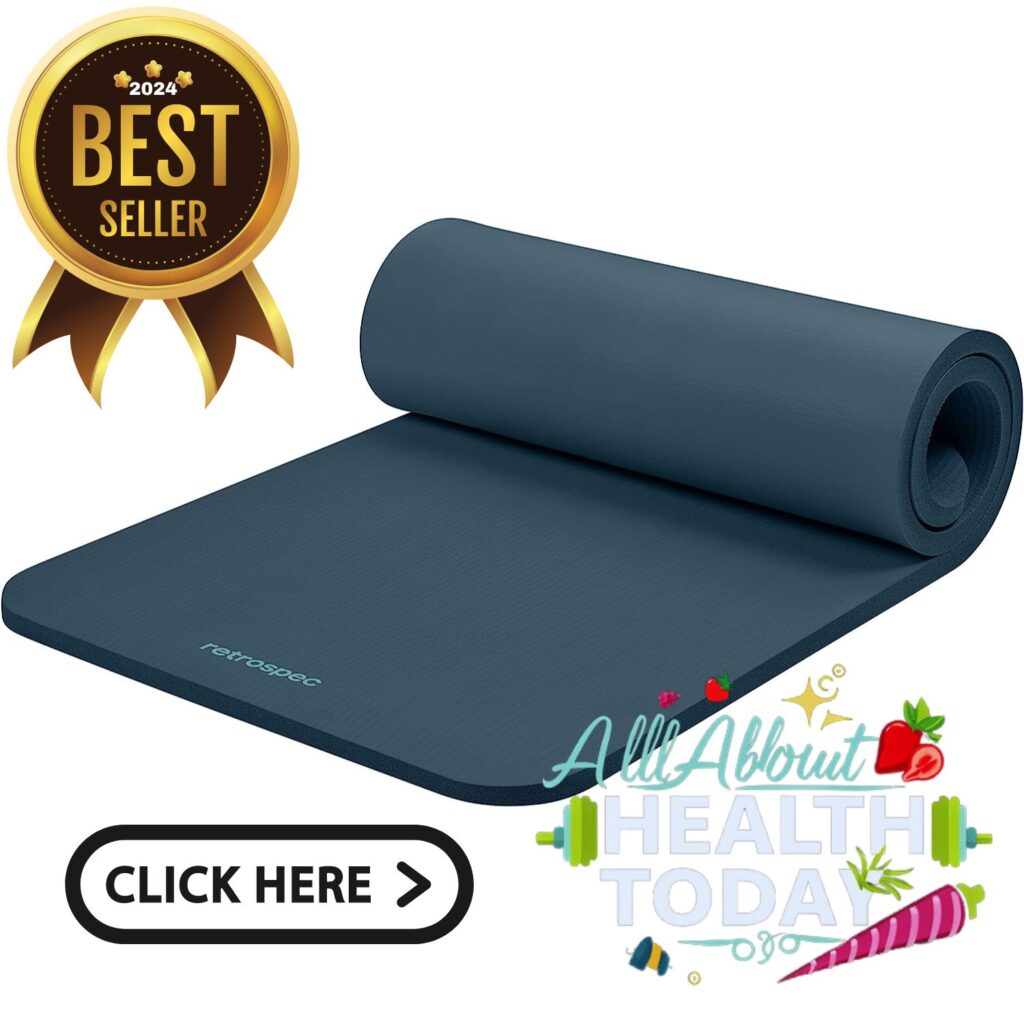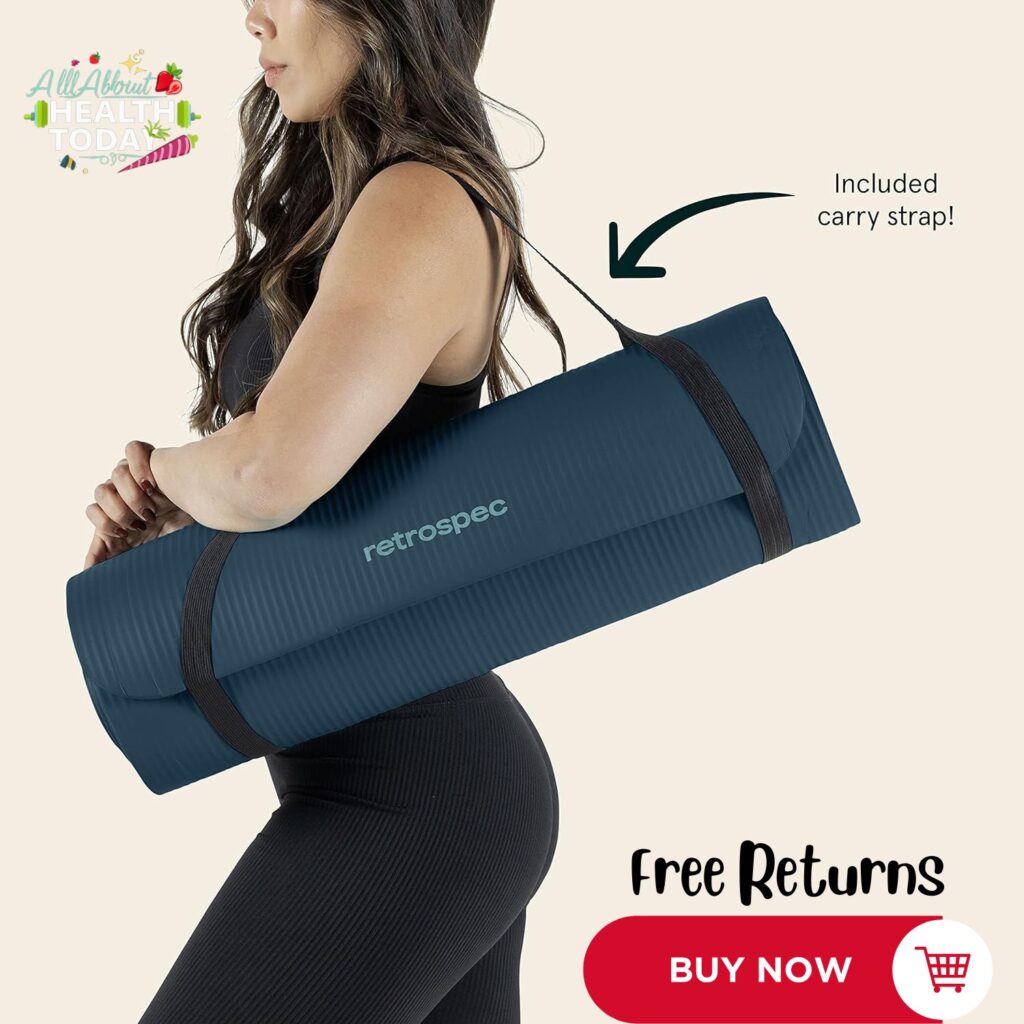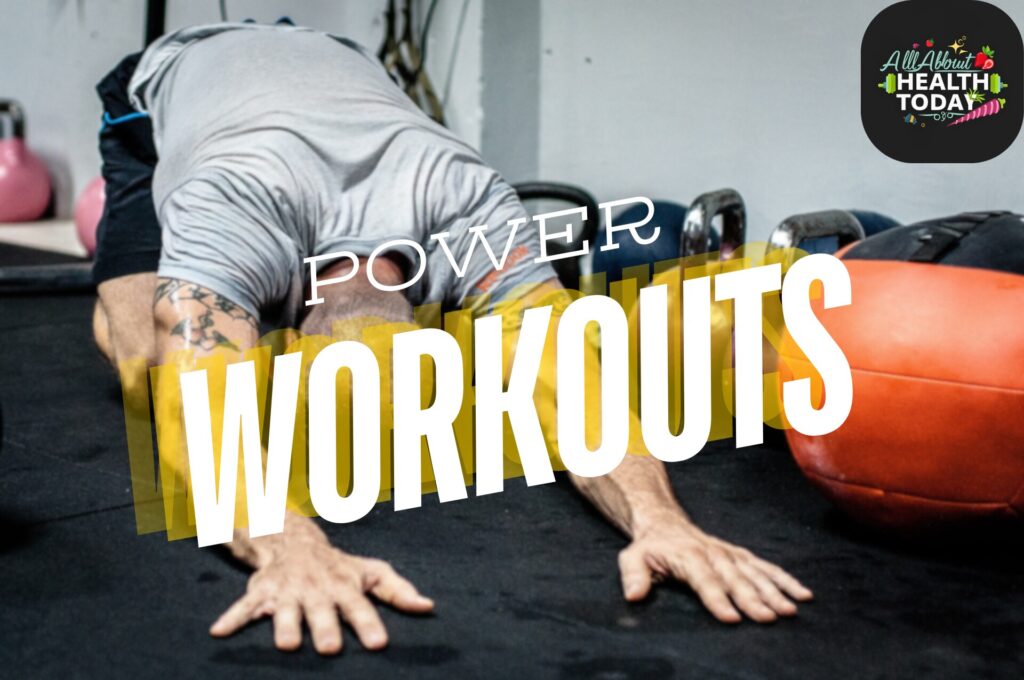Table of Contents
Getting Started
Starting your yoga journey is an exciting adventure! Yoga offers amazing physical and mental benefits, making it a wonderful addition to your daily routine. Whether you want to boost flexibility, reduce stress, or improve overall well-being, yoga has something for everyone.
In this guide, we’ll cover everything you need to know to get started. Let’s dive in.
Benefits of Yoga for Beginners
- Improved Flexibility: One of the most noticeable benefits of yoga is increased flexibility. With regular practice, you’ll find it easier to move and stretch your body, reducing stiffness and discomfort. A study by the International Journal of Yoga found that participants improved their flexibility by 35% after just eight weeks of yoga practice.
- Enhanced Strength: Yoga helps build muscle strength, which protects you from conditions like arthritis and back pain. It also enhances your overall physical performance. Research published in the Journal of Strength and Conditioning Research showed that individuals practicing yoga twice a week for twelve weeks significantly increased their muscle strength and endurance.
- Better Posture: Many yoga poses are designed to strengthen the core muscles, which support your spine. This leads to improved posture and alignment. According to a study in the Journal of Physical Therapy Science, participants who practiced yoga regularly experienced a marked improvement in their posture within six weeks.
- Stress Reduction: Yoga incorporates breathing exercises and meditation, which can significantly reduce stress levels. This mental clarity and calmness are invaluable in today’s fast-paced world. The American Psychological Association reports that yoga can lower cortisol levels (the stress hormone) by up to 27% after just a few months of practice.
- Increased Energy Levels: Regular yoga practice can boost your energy and vitality. A study from the Journal of Alternative and Complementary Medicine found that participants reported a 20% increase in energy levels after three months of consistent yoga practice.
- Improved Balance and Coordination: Yoga poses often require balance and coordination, which can enhance your overall stability and prevent falls, especially as you age. Studies reported that older adults improved their balance by 33% after twelve weeks of yoga practice.
- Better Sleep: Practicing yoga can help you relax and unwind, leading to better sleep quality. This is particularly beneficial if you struggle with insomnia or other sleep-related issues. According to Harvard Health Blog, over 55% of people who practiced yoga reported improved sleep patterns.
- EXTRA THICK FOR COMFORT & BALANCE: Solana firm 1-inch extra thick fitness mat w/ mat strap alleviates stress on pressure points such as joints, hips, hands, and knees. Solana measures 72″ X 24″ X ½”.
- NON-SLIP GRIP: Solana’s non-slip material keeps you steady and balanced while staying securely on the floor. The innovative design helps prevent injury and allows you to focus on your practice or workout.
- DURABLE & PORTABLE: Solana’s thick, durable material allows for everyday use, regardless of the intensity of your exercise. Solana comes equipped with a nylon carrying strap so you can easily transport it from your home practice to studio salutations.
- FREE OF HARSH CHEMICALS: Our products are free of Phthalate, heavy metals and latex. Your mat may initially release a harmless odor. If so, unroll your mat and air it for a day or two before using it.

Essential Yoga Equipment for Beginners
Starting your yoga journey requires a few key pieces of equipment to ensure you have a comfortable and effective practice. Here’s a list of essential yoga gear to get you started:
- Yoga Mat: A good-quality yoga mat provides a non-slip surface, ensuring stability during poses. Look for mats with adequate thickness (around 4-6mm) to protect your joints. If you’re looking for a reliable option, the Retrospec Yoga Mat offers excellent grip and cushioning.
- Comfortable Clothing: Wear clothing that allows for a full range of motion. Breathable, stretchy fabrics like cotton or moisture-wicking materials are ideal. Opt for fitted clothing to prevent any distractions during your practice.
- Yoga Blocks: These versatile props provide support and help with alignment in various poses, making them perfect for beginners. Yoga blocks can help you gradually improve your flexibility and strength.
- Yoga Strap: A yoga strap can assist you in achieving deeper stretches and improving your flexibility. It’s particularly useful for poses that require extended reach or maintaining a pose for an extended period.
- Blanket or Towel: Having a blanket or towel nearby can add comfort during seated poses and provide extra padding for sensitive areas. It can also serve as a prop for support in various poses.
- Water Bottle: Staying hydrated is crucial during any physical activity. Make sure to have a water bottle handy to keep yourself refreshed throughout your practice. Consider the Eco-Friendly Water Bottle for a sustainable choice.
- Yoga Bolster: A yoga bolster can provide additional support and comfort, especially during restorative yoga practices. It helps in maintaining proper alignment and reduces strain on the body.
- Eye Pillow: For relaxation and meditation sessions, an eye pillow can help block out light and create a calming effect, enhancing your overall experience.
Choosing the Right Yoga Mat
Picking the right yoga mat is crucial for a comfortable and effective practice. Here are some key things to consider when choosing a yoga mat:
- Thickness
- Why It Matters: The thickness of your yoga mat can greatly affect your comfort during practice. A thicker mat provides more cushioning, which is beneficial for poses that involve kneeling or lying down.
- Recommendations: For beginners, a mat with a thickness of around 5-6mm is ideal. This provides enough cushioning without compromising stability.
- Material
- Why It Matters: The material of your yoga mat affects its durability, grip, and environmental impact.
- Recommendations: Common materials include PVC, rubber, and TPE. PVC mats are durable and offer good grip, but they are not eco-friendly. Rubber and TPE mats are more environmentally friendly and provide excellent grip and cushioning.
- Texture
- Why It Matters: The texture of a yoga mat determines its traction, which is essential for maintaining stability in poses.
- Recommendations: If you tend to sweat a lot, look for a mat with a textured surface to prevent slipping. Otherwise, a smooth surface may be more comfortable for certain poses.
- Stickiness
- Why It Matters: A sticky mat helps you maintain proper alignment by keeping you in place as you move from one pose to another.
- Recommendations: PVC mats are known for their stickiness. Ensure your mat is clean and dry to maintain its sticky quality.
- Portability
- Why It Matters: If you plan to carry your mat to different locations, portability is an important factor.
- Recommendations: Consider a lightweight mat that is easy to roll up and carry. Some mats come with carrying straps or bags for added convenience.
- Eco-Friendliness
- Why It Matters: Choosing an eco-friendly mat helps reduce your environmental footprint.
- Recommendations: Look for mats made from natural materials like rubber, cotton, or jute. These mats are biodegradable and free from harmful chemicals.
Check out more exciting guides here!








